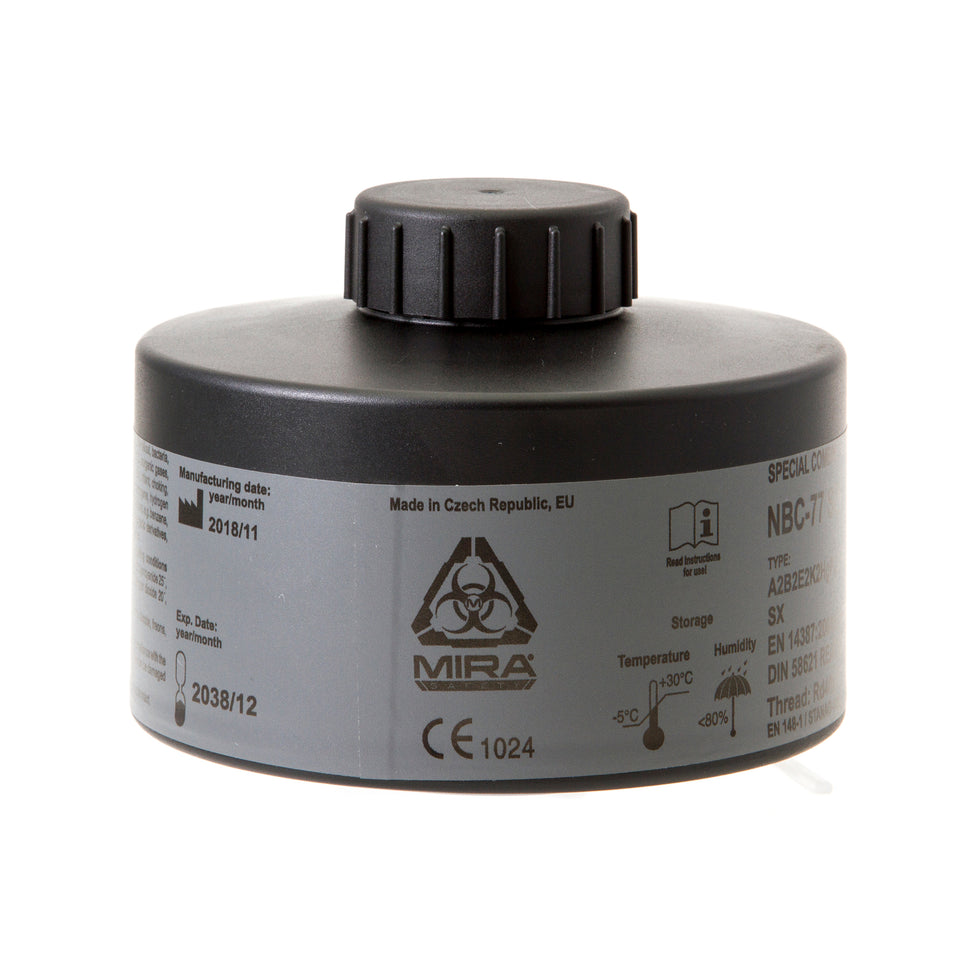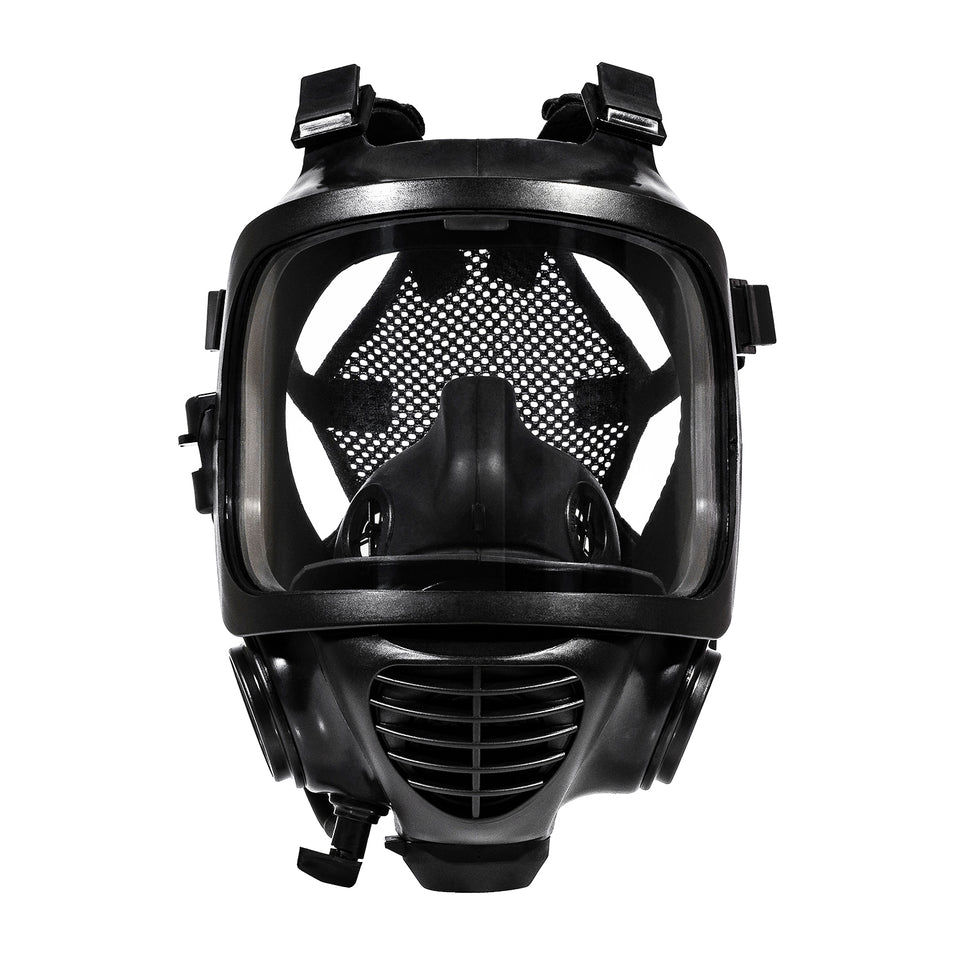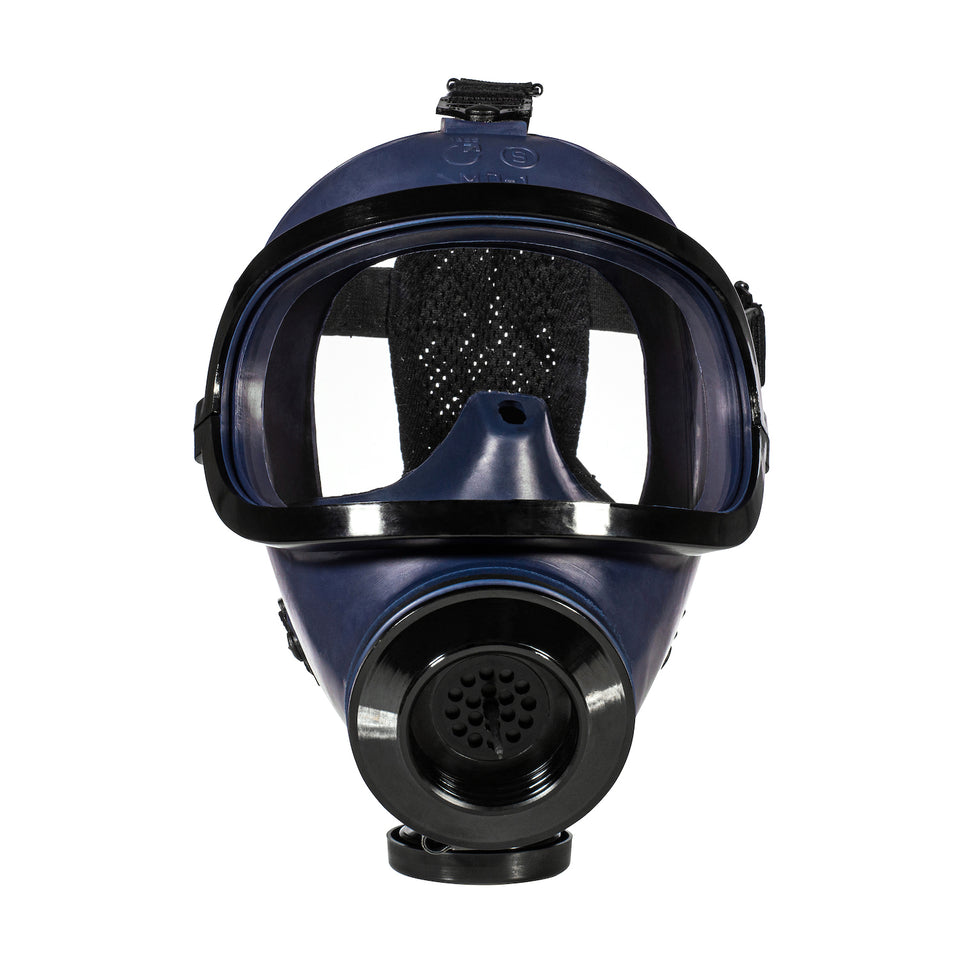East Palestine, Ohio. Jacksonville, Florida. Livingston, Kentucky. In a year full of chemical spills, it’s only fitting that we should round out the year with yet another significant industrial accident–this time at the Altivia Chemicals plant in La Porte, Texas.
The chemical leak occurred on the morning of December 4, 2023, with the ensuing shelter-in-place order being issued shortly before noon. This measure was implemented for good reason, too, as exposure to the leaked phosgene–a colorless gas–led to the hospitalization of eight workers.
Naturally, the chemical leak has once again raised serious questions about industrial safety and the environmental and social impacts of chemical manufacturing plants in densely populated areas. And for survivalists, it serves as yet another stark reminder of the importance of maintaining comprehensive shelter-in-place and evacuation plans.
So what exactly happened at the sprawling La Porte chemical plant? And how can one prepare for the seemingly unending litany of chemical leaks in the U.S.?
Let’s review.
Table of Contents
-
01
The Chemical Leak Unfolds
-
02
Altivia’s Immediate Response
-
03
Health and Safety Concerns
-
04
Environmental and Regulatory Considerations
-
05
How to Prepare for a Chemical Leak
-
06
Final Thoughts about the La Porte Chemical Leak
-
07
Frequently Asked Questions
The Chemical Leak Unfolds
Though there have been a number of newsworthy chemical leaks this year, none made more headlines than the train derailment in East Palestine, Ohio. This was, in part, due to the highly flammable vinyl chloride tanks that were set ablaze during the incident.
To recap, vinyl chloride is a possible carcinogen that can cause skin, eye, respiratory, and GI tract irritation. What’s more, it releases several hazardous chemicals–such as phosgene, carbon monoxide, carbon dioxide, and hydrogen chloride–as it decomposes.
Among these chemicals, carbon monoxide is of course the most well-known threat. Yet phosgene gas is an industrial hazard that should be on every vigilant citizen’s radar. Tracing its roots back to the trench warfare of WWI, phosgene is a choking agent that causes coughing, nausea, vomiting, and–in high concentrations–pulmonary edema, or fluid in the lungs.
Worryingly, phosgene was also the offending chemical in the La Porte leak, leading to the aforementioned exposure and hospitalization of eight workers.

The Altivia plant in La Porte, Texas. (Image courtesy of Zehllaw)
Altivia’s Immediate Response
In response to the leak, which was caused by a malfunctioning pressure release device, water treatment chemical producer Altivia took swift action–shutting down all operations at the facility and containing the leak. This prompt reaction was crucial in preventing further exposure and potential escalation of the situation.
Simultaneously, the La Porte, Texas Office of Emergency Management–along with the Fire Department and Harris County Pollution Control–conducted assessments to ensure that there were no detectable hazardous substances in the surrounding areas.
Given the severity of the leak, the city of La Porte issued a shelter-in-place order, affecting residents and businesses in the vicinity. This precautionary measure–lasting nearly two hours–advised residents to remain indoors, seal their homes, and switch off air circulation systems to avoid inhaling the toxic gas.
The lifting of this order, following the confirmation of safety by authorities, came as an immense relief to the community–but also a reminder of the ever-present risks in industrial areas.

(Image courtesy of Beaumont Enterprise by Kim Brent)
Health and Safety Concerns
The health implications of phosgene exposure are profound.
For context, phosgene–though lesser known than its chemical counterparts chlorine and mustard gas–was responsible for approximately 85% of all chemical weapons fatalities during WWI. The industrial reagent was particularly insidious due to its delayed effect, wherein respiratory symptoms often appeared hours after exposure, catching soldiers off guard and causing a painful, suffocating death.
Likewise, exposure to phosgene in an industrial setting can have delayed or chronic health effects, causing worry for the eight hospitalized workers. Though they seemed stable when they left the facility–and one certainly hopes this remains the case–the potential for long-term respiratory problems and other severe health conditions remains.
This, unfortunately, is a common concern in incidents involving exposure to hazardous substances, as the full extent of health impacts may not be clear in the immediate aftermath.
Environmental and Regulatory Considerations
The frequency of chemical leaks, as noted by environmental advocates, raises critical questions about current environmental and safety regulations in the chemical industry. Within this context, the La Porte incident is not just a standalone event, but part of a larger pattern that requires rigorous scrutiny and–possibly–stronger regulatory oversight.
As previously reported, the United States has in recent years experienced a significant increase in accidental chemical releases, ranging from train derailments and pipeline spills to truck accidents and power plant leaks.
Indeed, an analysis by The Guardian has shown that such incidents occur, on average, every two days, while the Coalition to Prevent Chemical Disasters estimates these events at an even more frequent rate of once every thirty-six hours.
Like other chemical leaks this year, this event could potentially catalyze discussions and actions aimed at enhancing safety protocols and environmental protection measures in chemical manufacturing sectors.
How to Prepare for a Chemical Leak
To protect against phosgene–as well as a host of other industrial chemicals that were released this year–we recommend the tried-and-true NBC-77 SOF filter. Able to effectively protect the wearer from an environment where the concentration of phosgene is as high as 5,000 parts per million (ppm), the NBC-77 keeps you in the fight for approximately seventy-seven minutes at a time.
As our most versatile filter, it can also protect you from sulfur dioxide (per the Livingston train derailment) and vinyl chloride (as in East Palestine, Ohio). To check its efficacy against other chemical hazards, consult our comprehensive list here.

The NBC-77 SOF filter.
This filter is best paired with our wildly popular CM-6M gas mask: perfect for 95% of users. With an anti-fogging oronasal cup and a full-face panoramic design, this extensively tested mask is our bestselling product–and for good reason.

The CM-6M gas mask.
For children–from toddlers to tweens–the MD-1 gas mask is our top recommendation. Equipped with an extended hose, this respirator is engineered to shift the weight of the filter away from the face and into a carry case or bag. Additionally, it can be connected to a Powered Air Purifying Respirator (PAPR), suitable for children who do not have the lung strength to inflate a balloon by themselves.

The MD-1 gas mask.
Finally, spare no effort for your cherished family pets. Many chemical leaks this year, after all, have seen the evacuation of not only hundreds of people, but dozens of pets too. If you ever find yourself in this situation, you’ll want the MIRA Safety Animal Ark, which is designed to fit one small or medium-sized dog, or two cats, up to 22 lbs total. Your furry friends will thank you.

The MIRA Safety Animal Ark.
Final Thoughts about the La Porte Chemical Leak
The events of this year may well give one cause to wonder: Which city is next? What chemical leak will inaugurate the new year in 2024?
The fact is, we can’t know. Though certain indicators–like outdated infrastructure and increasingly severe weather conditions–can perhaps indicate which facilities are most vulnerable, there is ultimately no telling which specific factors will bring about the next industrial accident.
On that basis, we advise–as always–careful preparation. This is not to say that one should live in fear, as panic leads to poor outcomes. Instead, one should cultivate awareness and preparedness–not as a burden, but as an empowering tool to confidently face whatever challenges the future may hold.
